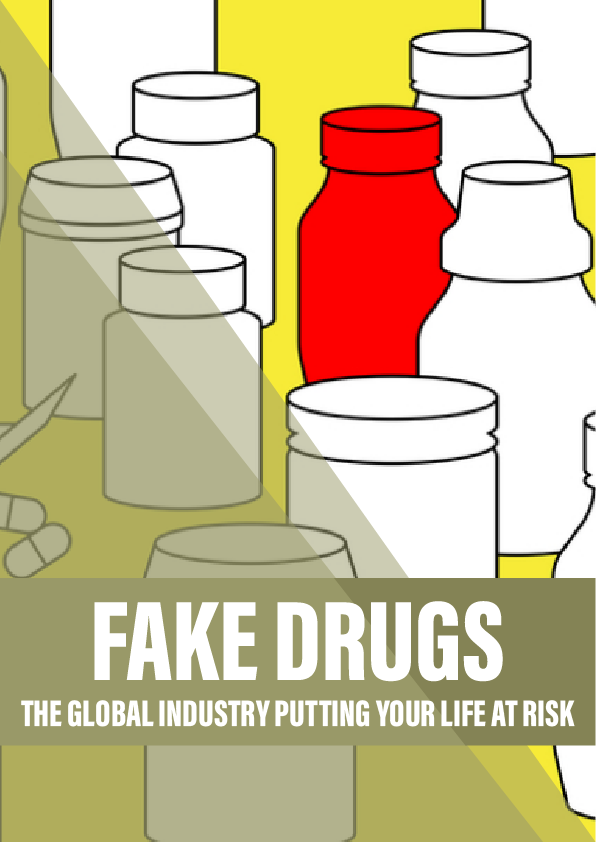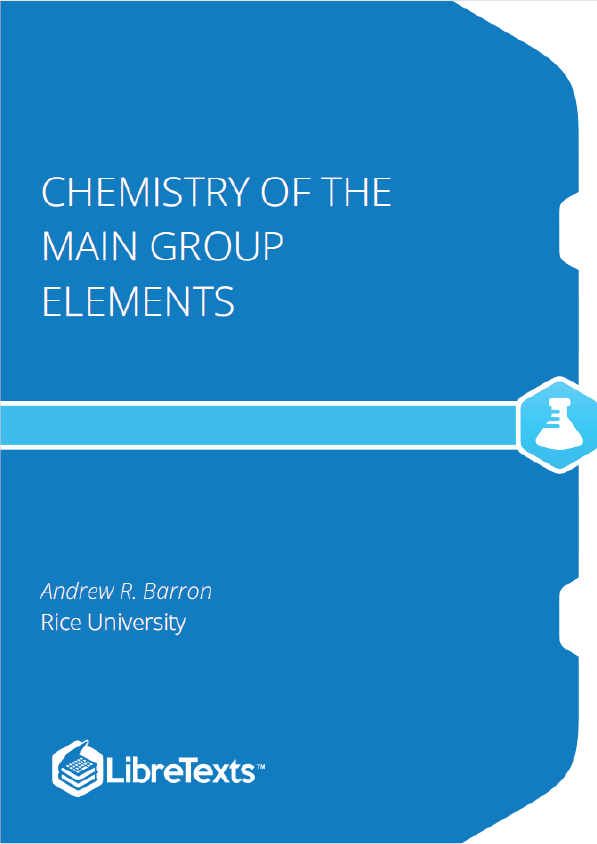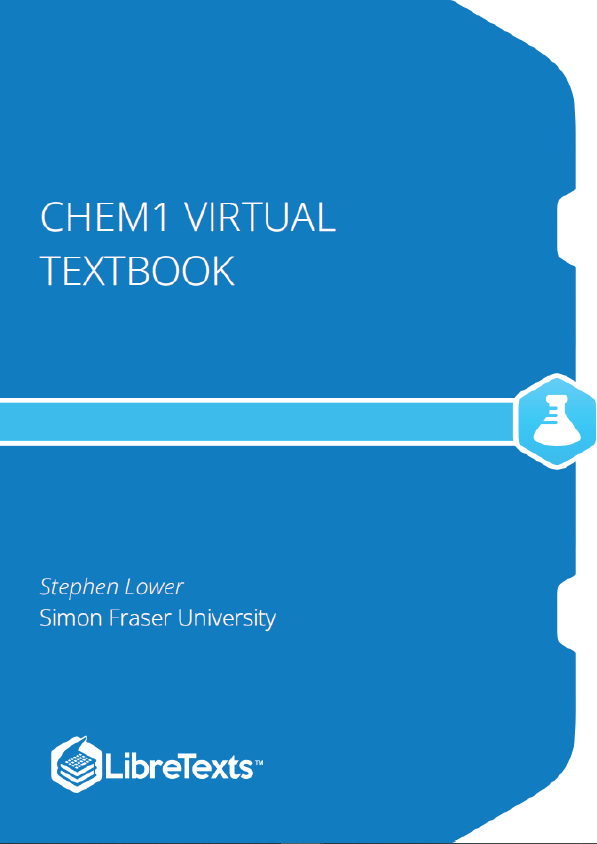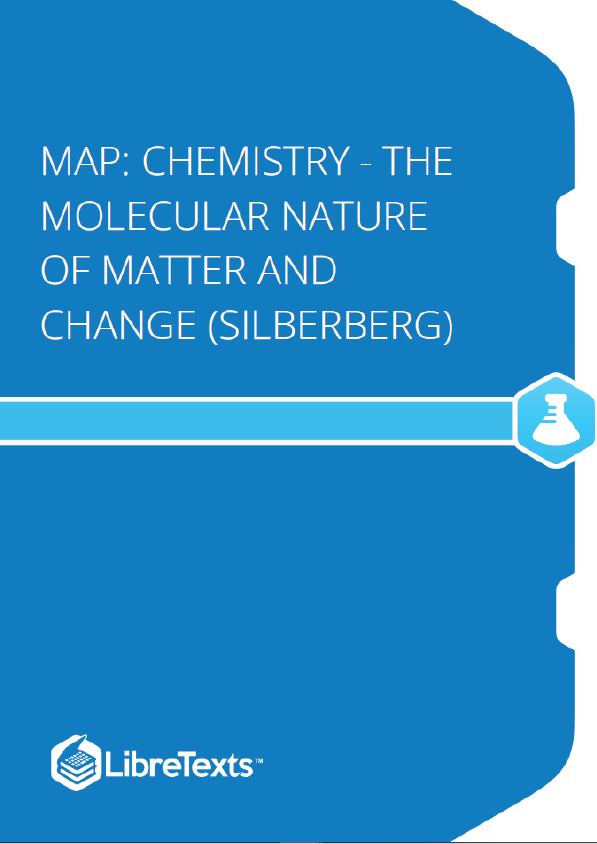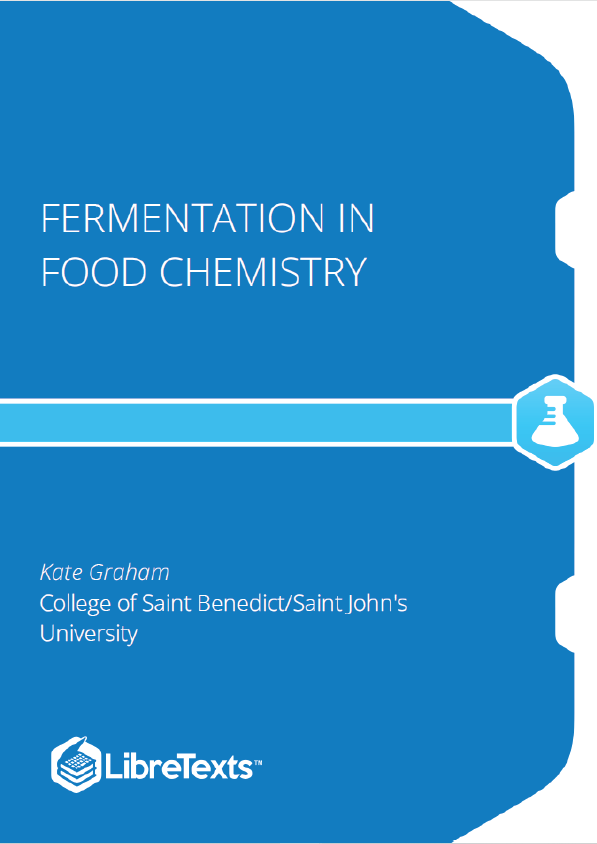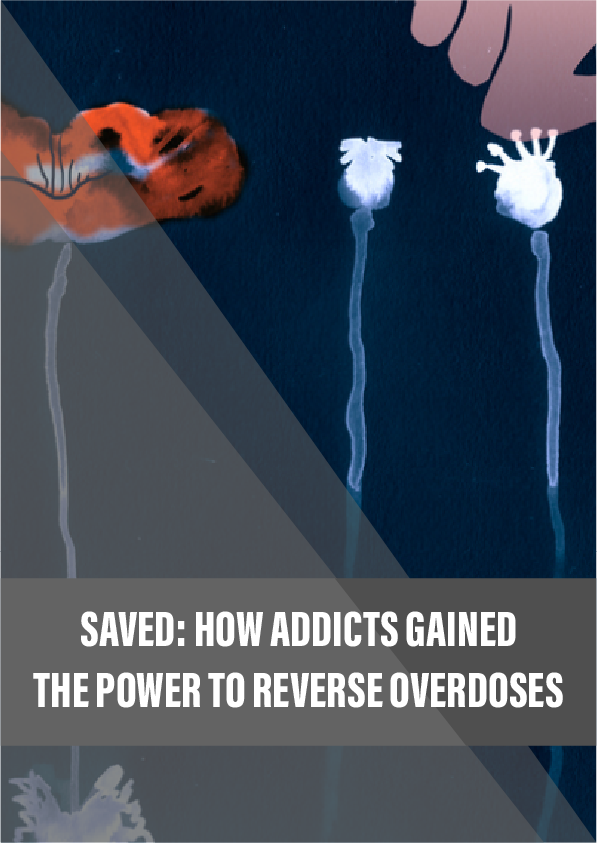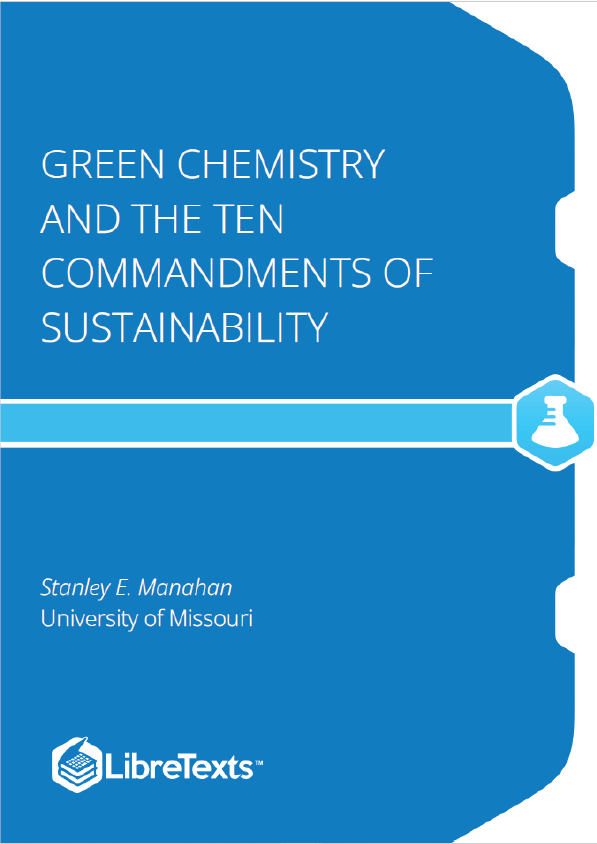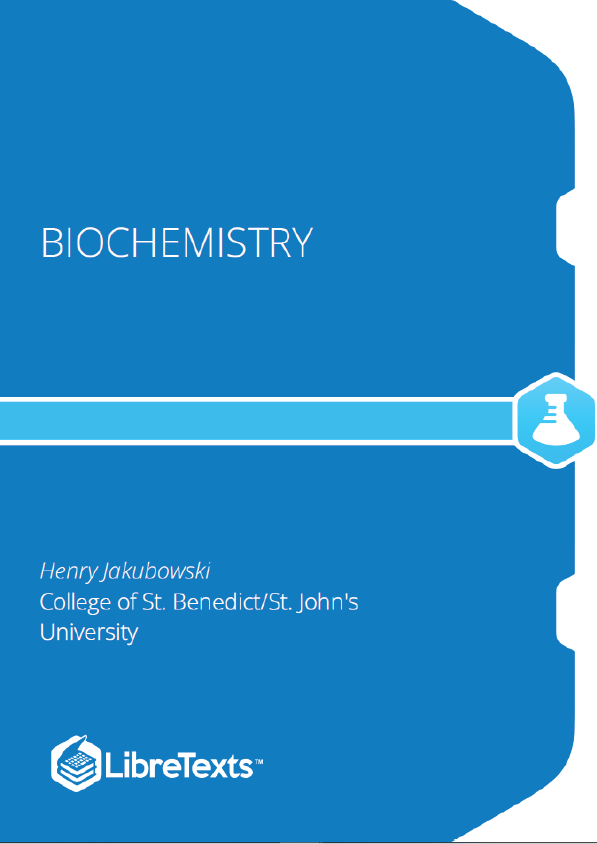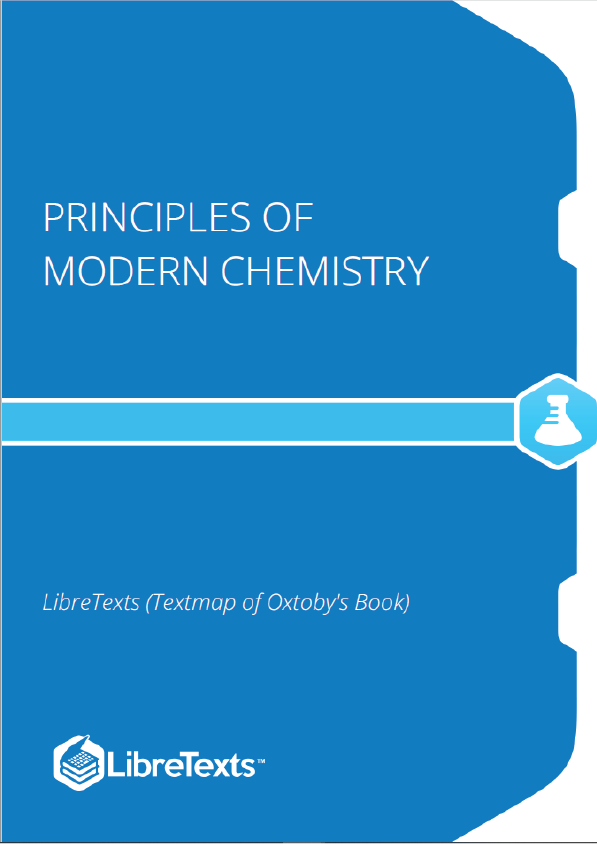The manufacture and distribution of medicines is a global industry, tainted by fake and substandard products. Not only might these drugs not work as expected, but some are even contributing to antimicrobial resistance. So, what’s in your medicine cabinet?
In late 2012, 60 people died in two cities in Pakistan after drinking cough syrup to get high. Syrups from two separate manufacturers were involved. It was found that both were using an active ingredient – dextromethorphan, a synthetic morphine-like compound – imported from the same manufacturer in India. Indian drug authorities put a halt to production while they investigated.
Tests in Pakistan revealed that the medicines seemed to contain the correct amount of active ingredient. But further tests revealed something that was not supposed to be there. Levomethorphan, a chemical five times stronger than morphine, was the contaminant that had caused the deaths.
In September 2013, 44 children in Paraguay were admitted to hospital with breathing difficulties. It turned out the children had all been given a locally made cough medicine. Investigators went to the factory and found import records for the dextromethorphan it contained. When they checked the World Health Organization’s database of substandard and falsified medical products, they found that this came from the same batch that had caused the deaths in Pakistan.
Doctors in Paraguay were able to administer an antidote and save the children. A WHO alert went out listing the batches from the Indian factory that might be contaminated. By then the ingredient had been transported to multiple countries in Europe, north Africa, the Middle East and Latin America. It had already been made into cough medicines in Colombia and Peru, but these were recalled before they could reach patients. The batch that went to the Middle East could not be traced.
Reference:
- Antimicrobial resistance: What does medicine quality have to do with it? A 2015 paper by Elizabeth Pisani for the Review on Antimicrobial Resistance that reviews what is known about the contribution of poor quality medicines to antimicrobial resistance.
- The WHO Global Surveillance and Monitoring System for substandard and falsified medical products.
- The Center For Disease Dynamics, Economics & Policy’s report: The state of the world’s antibiotics, 2015.
- A 2016 paper by Paul Newton and colleagues on a link between poor quality antimalarials and malaria drug resistance.
- A 2013 Wall Street Journal piece on how fake drugs are undermining Africa’s battle against malaria.
- A 2016 paper co-authrored by Ramanan Laxminarayan on antibiotic resistance in India.
- Posts on the Avian Flu Diary blog offer a good timeline of research results on topics related to resistance, such as NDM-1.
